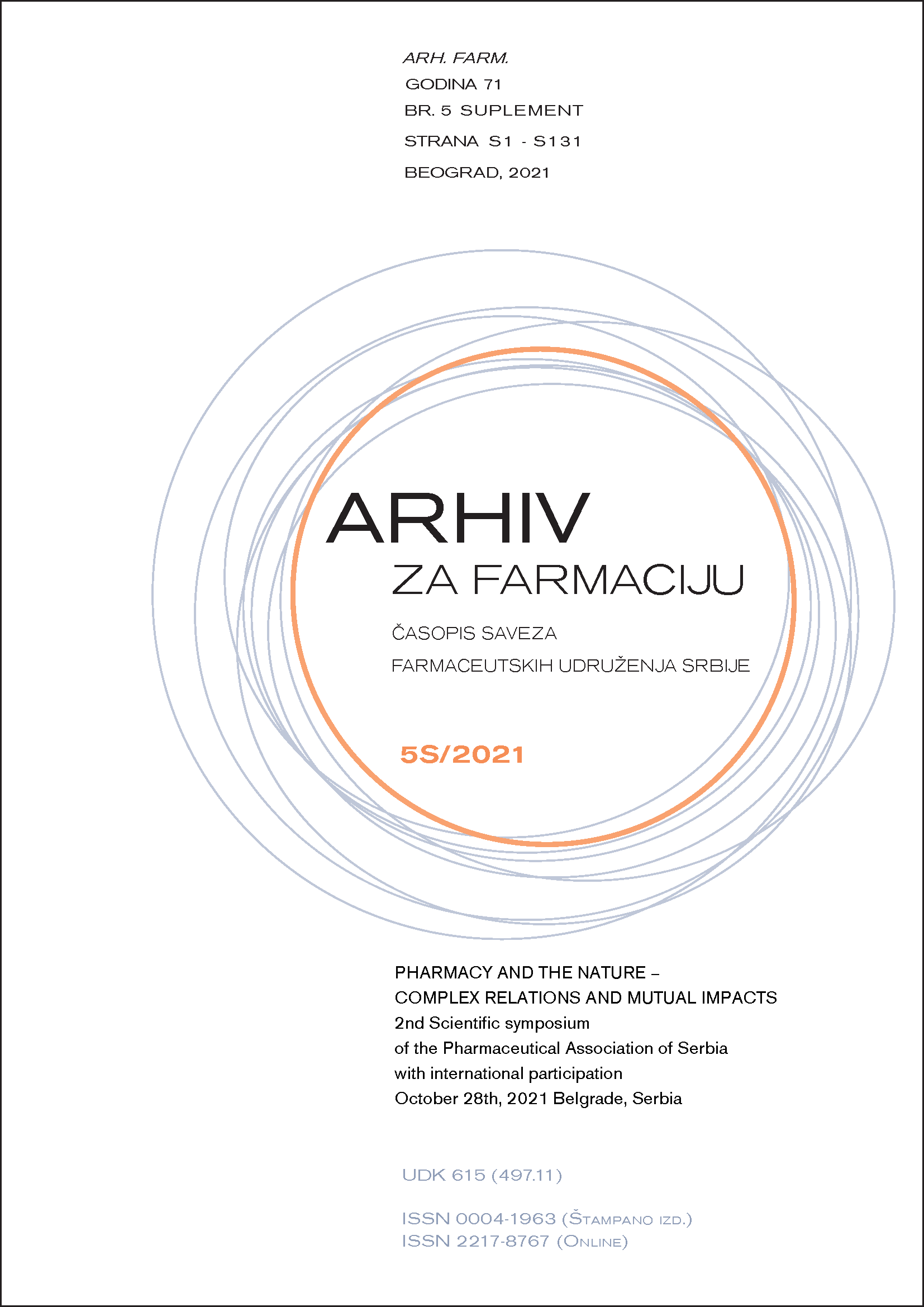CHEMOMETRICALLY SUPPORTED UHPLC METHOD DEVELOPMENT: A STRATEGY FOR ACHIEVING ECO-FRIENDLINESS
Abstract
Burden of potentially harmful effects of analytical techniques used in pharmaceutical analysis on human health and environment has recently shown a dramatic increase (1). Therefore, analytical methods able to minimize the production of hazardous waste and use less energy are developing. Reversed-phase high performance liquid chromatography (RP-HPLC) is the most frequently used technique in determination of various compounds, due to its representative analytical features (2). However, RP-HPLC is associated with a substantial amount of waste. Simultaneously, pharmaceutical industry seeks for technologies that produce high resolution within a reduced analysis time without loss of separation efficiency (3). Using fully porous sub-2-μm stationary phase particles provides better resolution in comparison to traditional HPLC stationary phases. However, it causes high column backpressure and thus initiated development of ultra high performance liquid chromatography (UHPLC) instruments. Along with reduced particle size, UHPLC uses shorter columns, which leads to diminished analysis time and minimized production of waste comparing to HPLC. In that respect, UHPLC method for separation of dronedarone hydrochloride and its degradation products was developed utilizing experimental design methodology. Model mixture was selected to cover diversity in physicochemical characteristics. Compounds’ varying polarity represents a challenge from the analytical point of view. Dronedarone hydrochloride is lipophilic, thus requires substantial amounts of organic solvent for its elution. In that respect, there is a recognized need for developing a chromatographic method able to separate the aforementioned compounds with reduced organic solvent consumption and/or analysis time. Preliminary experiments determined factors with significant influence on retention. These factors, namely the initial and final content of acetonitrile and time of gradient were varied according to central composite design. The goal was to achieve satisfying separation between critical peak pairs. Firstly, mathematical models for the time of start and end of peak of each critical pair were obtained. Afterwards, the separation factor (S) standing for the distance between peaks in one critical pair was indirectly modelled. An appropriate separation is achieved if S is higher than zero, which was accomplished with the initial content of acetonitrile of 6% (v/v), the final content of acetonitrile of 50% (v/v), and the gradient duration of 5 min. Ecological acceptability of UHPLC method was evaluated with green analytical procedure index (GAPI), which confirmed eco-friendliness. GAPI showed that the most critical segment is the sample collection and that the advantage should be given to UHPLC over HPLC in terms of energy saving.

